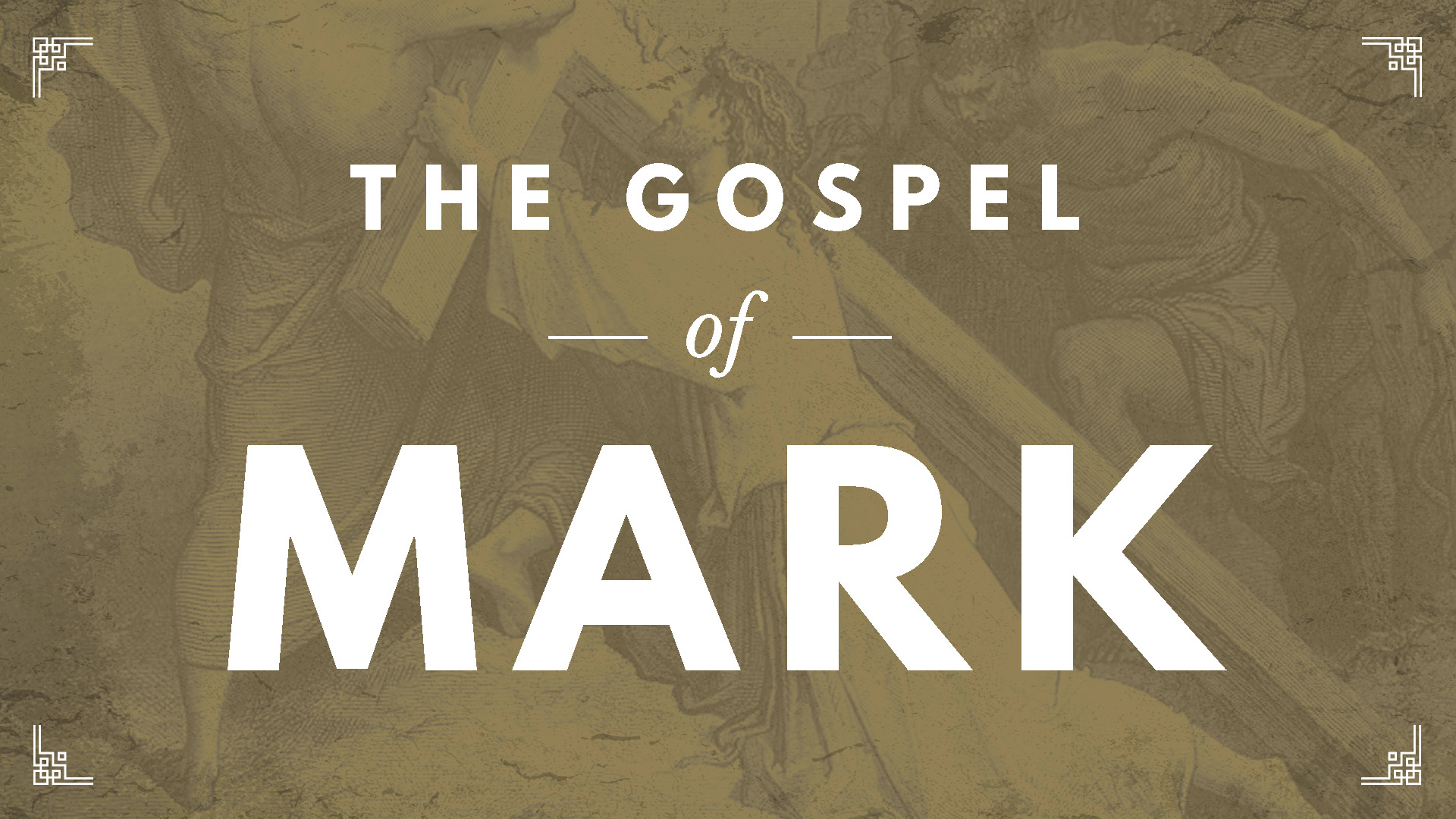The Return of the King
April 7, 2024 Preacher: John Bell Series: The Gospel According to Mark
- Listen
- Downloads
Main Thought: there will be delay before Jesus returns – a delay characterized by tribulation
and the persecution of his followers – yet Christians await our Lord’s Second Coming with
anticipation and faithful vigilance.
This text is not a timetable or a blueprint for the future, so much as an exhortation to faithful
discipleship in the present.
1. The “birth pains” of the inter-advental period are characterized by (5-23)
a. Continuous international rivalry
b. Natural disasters
c. Spiritual conflict/opposition
d. World-wide preaching
e. Spiritual leaders who are false
f. The destruction of Jerusalem (which occurred in 70 AD)
Yet even so, we wait. Jesus has warned us: these are the beginnings of the birth pains.
2. The Return of the King (24-27)
3. The Lesson of the fig tree (28-31)
4. Expectancy and Vigilance (32-37)
--------------------
The Overall Structure of Mark 13
- Jesus warns us there will be delay before the end – a delay characterized by tribulation
and persecution for his followers (5-23) - but with one particularly violent display of
judgment in the fall of Jerusalem in AD 70 (14-19). - Immediately after these days of sustained persecution which characterize the entire inter-advental period, Jesus will return (24-27).
- In verse’s 28-31, Jesus weighs and assesses the warnings in 5-23 describing the whole
tribulation period, from the ascension to his Second Coming. The tribulation period will
certainly come, and the generation to which Jesus is speaking will experience all its
features that point to the Lord’s return. - In verses 32-37 the reader is exhorted to look forward to the Lord’s return with
expectancy and vigilance, but only the Father knows the exact time of Jesus’ return.

More in The Gospel According to Mark
May 19, 2024
And They Crucified HimMay 12, 2024
“Bearing Witness Under Persecution: The Good, the Bad, and the Forgiven”April 28, 2024
The Cup, and Prayer from Temptation